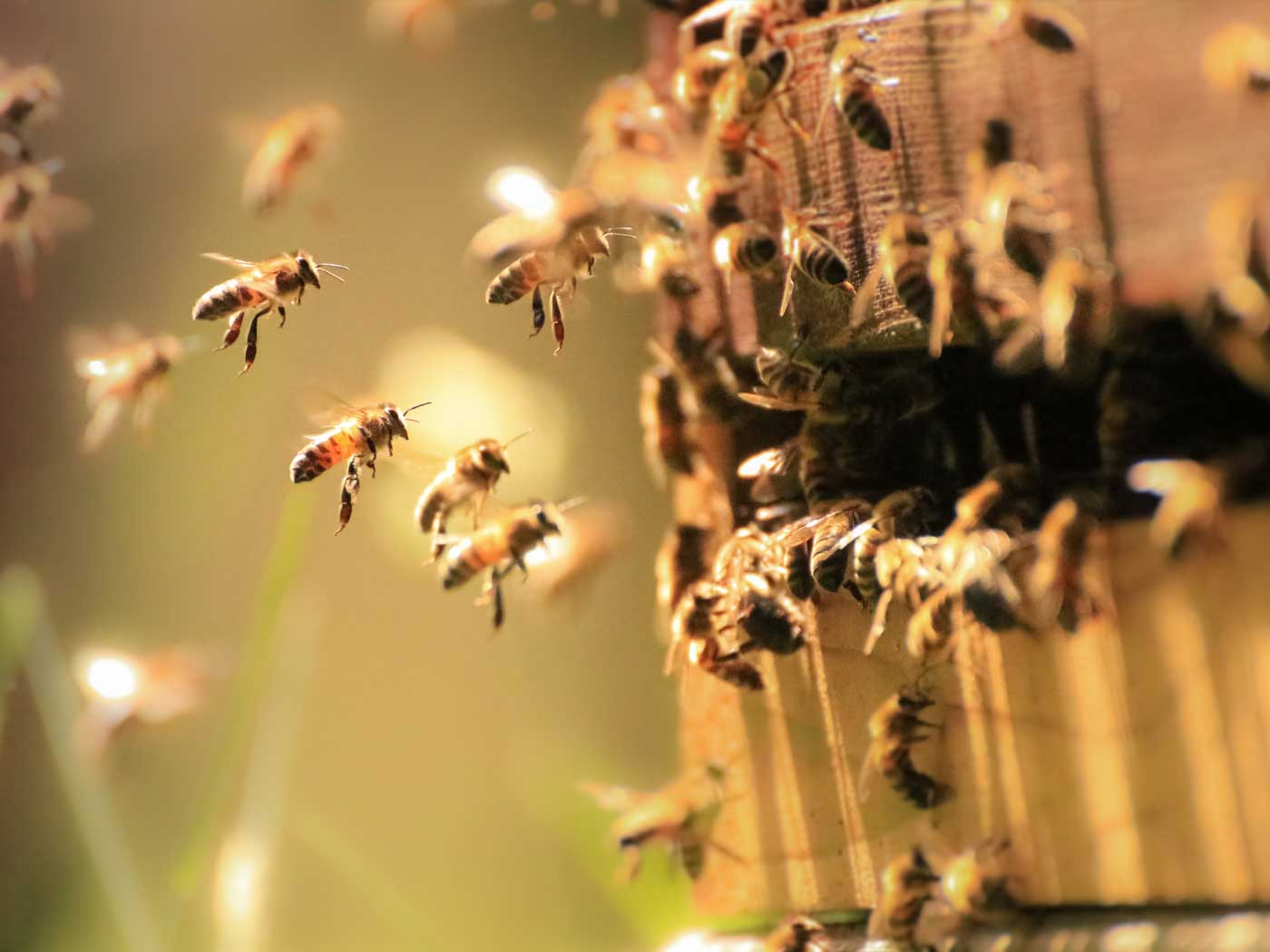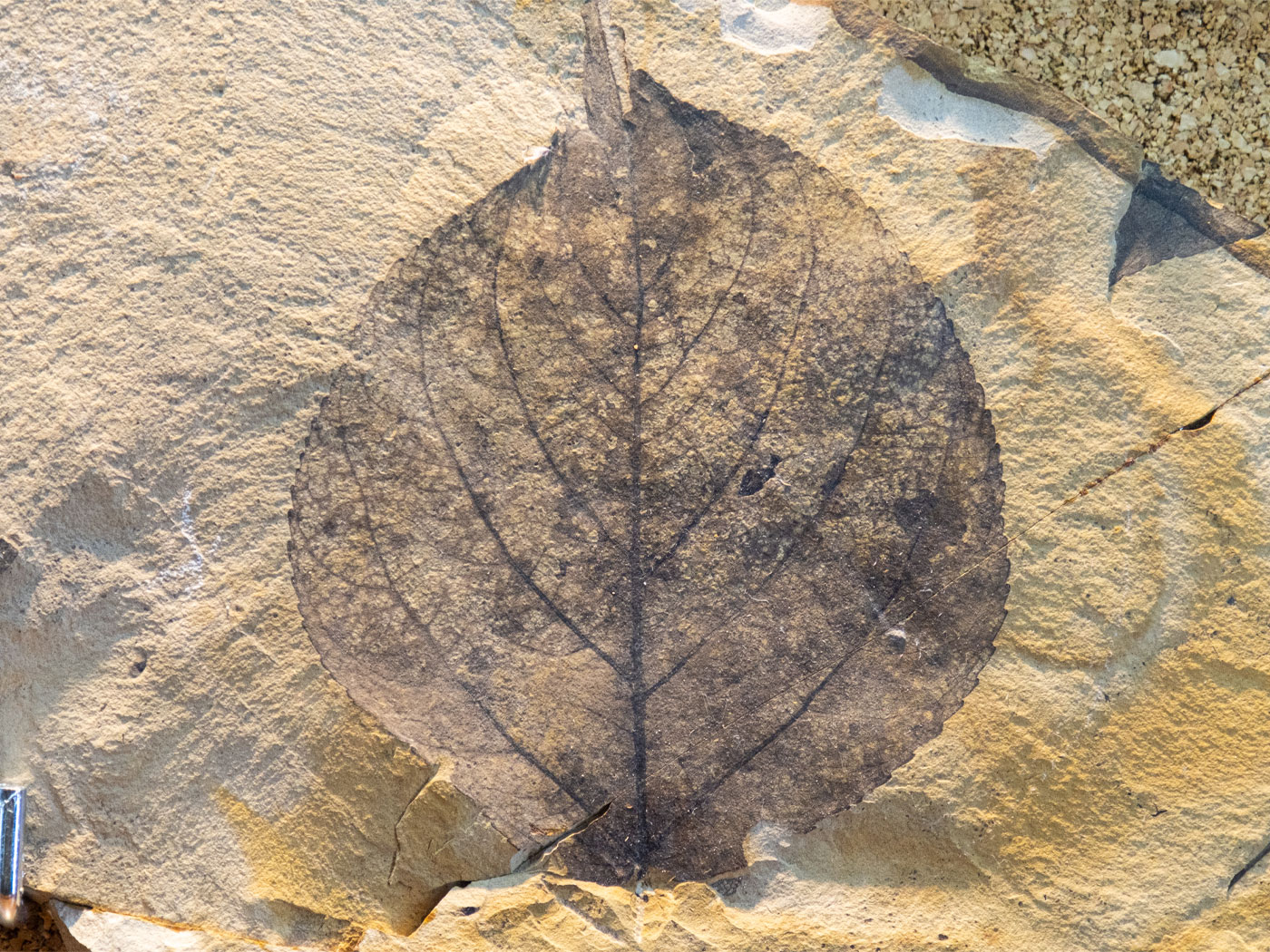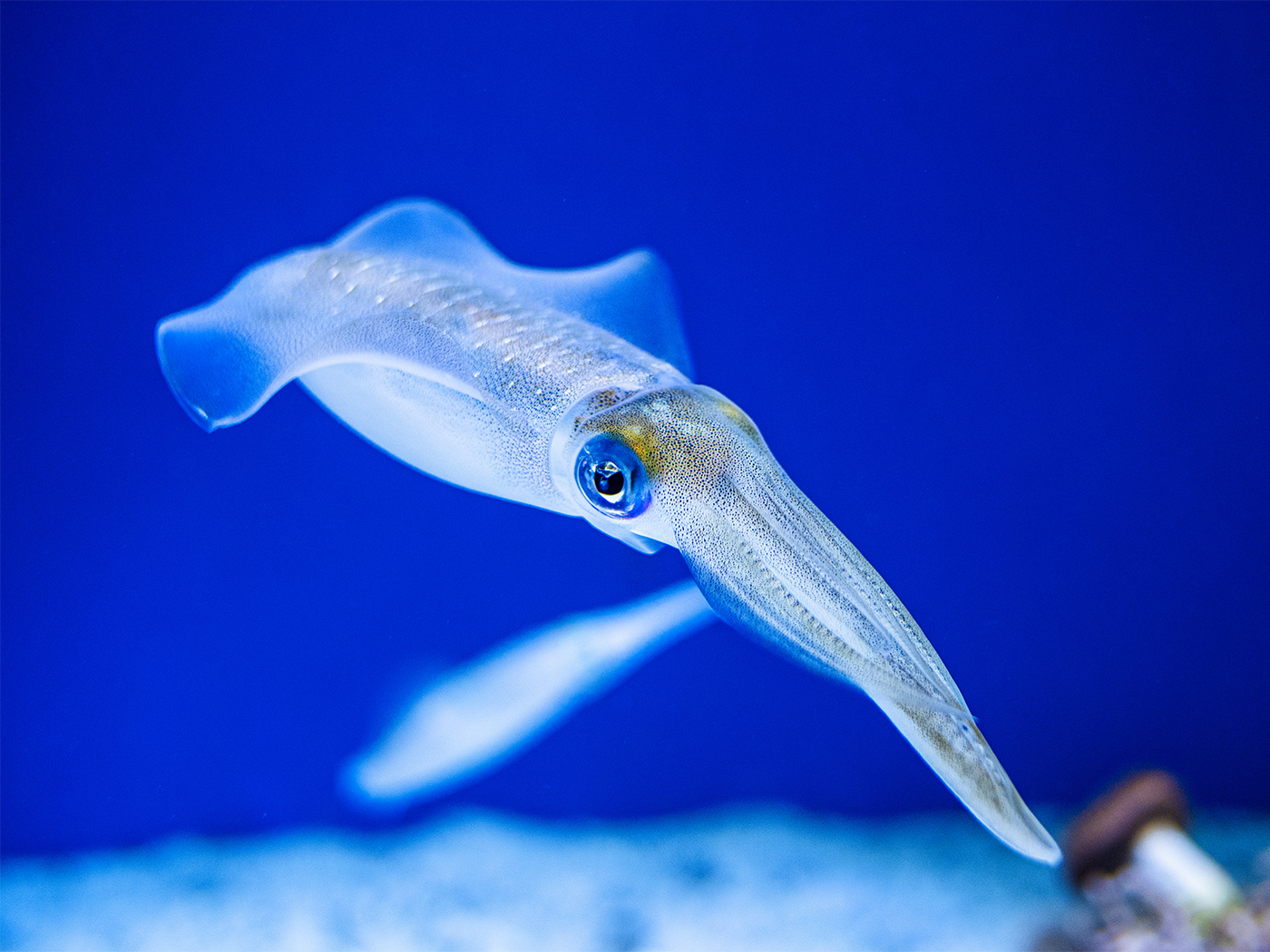Cursed is the ground for your sake; in toil you shall eat of it all the days of your life. Both thorns and thistles it shall bring forth for you, and you shall eat the herb of the field.1
Despite such devastating circumstances, Paul states God’s creation is not only seen, but is “clearly seen, being understood by the things that are made, even his eternal power and Godhead, so that they are without excuse.”2 Examples are legion, from the billions of protein-based submicroscopic machines that repair your DNA,3 to the exquisite choreography of the planets and moons of our solar system.
Creationists see parasites as part of God’s Curse. But for the Darwinist, the origin and evolution of parasites is an enigma.4
Most life cycles of parasites are astounding in their detail. One parasite group in particular is the phylum Platyhelminthes—the trematodes. They are also called the “flukes” and are designed with a nervous system of incredible complexity, having many different types of sensory receptors that aid in continuous environmental tracking. For example, a class called the Digenea contains a parasite that causes schistosomiasis in the Middle East. The immature (larval) stages are designed with chemoreceptors and even light receptors that aid in their life cycle.
The life cycle of a typical schistosome includes graphic environmental transitions that can only be termed amazing. The parasite begins its development by abandoning the human host as an egg and entering fresh water. The egg hatches, releasing a free-swimming miracidium that penetrates a specific kind of snail. The parasite undergoes very different changes in the snail until, weeks later, hundreds of tiny forked cercariae emerge and search for a vertebrate host—often a person. The minuscule flukes shed their tail as they penetrate the skin, then enter the circulation. Weeks later, the now-adult female worm produces many eggs in the veins, and they make their way into fresh water.
This process from egg to adult is incredible because the schistosome must immediately sense and adapt to very different environments. The parasite uses logic mechanisms and innate sensing systems that direct targeted responses to environmental challenges, whether cool freshwater, the interior of a molluscan host (snail), or a person’s warm saline environment (the blood stream) where they must contend with and evade the complex microbe interface system (immune system). Living creatures, including parasites, are active, problem-solving entities that continuously track changing environmental conditions and through innate systems purposefully adapt themselves over time to enter existing niches or fill new ones.5
Parasites were once free-living creatures and part of the “very good” world of Genesis 1:31. But Adam’s sin resulted in the Curse, and parasitism arose. Today, their complex and intricate life cycle still reflects Romans 1:20.
References
1. Genesis 3:17b-18.
2. Romans 1:20.
3. Sherwin, F. 2004. Mending Mistakes—The Amazing Ability of Repair. Acts & Facts. 33 (6).
4. Sherwin, F. 2021. Did God Make Harmful Parasites in the Beginning? Acts & Facts. 50 (1).
5. Guliuzza, R. J. 2018. Creatures’ Adaptability Begins with Their Sensors. Acts & Facts. 47 (3): 17-19. For more, see Guliuzza, R. J. and P. B. Gaskill. 2018. Continuous Environmental Tracking: An Engineering Framework to Understand Adaptation and Diversification. In Proceedings of the Eighth International Conference on Creationism. J. H. Whitmore, ed. Pittsburgh, PA: Creation Science Fellowship, 158–184. See also Guliuzza, R. J. 2019. Engineered Adaptability: Continuous Environmental Tracking Wrap-Up. Acts & Facts. 48 (8): 17-19.
Stage Image: male and female schistosome worms
Stage Image Credit: Copyright © Nibsc/Science Source. Used in accordance with federal copyright (fair use doctrine) law. Usage by ICR does not imply endorsement of copyright holder.
*Dr. Sherwin is Research Scientist at the Institute for Creation Research. He earned an M.A. in zoology from the University of Northern Colorado and received an Honorary Doctorate of Science from Pensacola Christian College.
























